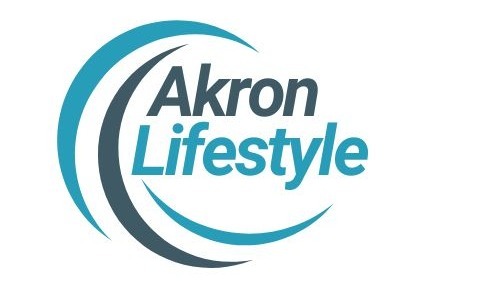
Understanding New Tax Deductions for Tips and Overtime Pay
The recent federal tax law signed on July 4, 2025, promises to bring substantial changes for millions of American workers who rely on tips and overtime pay. As millions of service employees heading into the tax year 2025 prepare for their filings, clarity is still needed on how these new deductions will work.
Who Will Qualify for Tax-Free Tips?
According to the newly established guidelines by the U.S. Treasury Department, eligible recipients of tax-free tips will include those already receiving regular tips before December 2024. This encompasses approximately 2.1 million tipped workers in the restaurant sector alone, alongside occupations such as barbers, nail technicians, and delivery drivers. To qualify, these workers must provide their Social Security numbers during tax filing, and potentially their spouse’s details if filing jointly.
Key Takeaways on Deduction Amounts
The legislation permits those earning under $150,000 (or $300,000 for married filers) to potentially deduct up to $25,000 in tips. However, for every $1,000 earned that exceeds this threshold, the deductible amount decreases by $100. This scaling back aims to target the tax breaks primarily toward lower to middle-income earners, thereby providing a more equitable financial impact.
Inclusion of Cash and Credit Card Tips
Importantly, both cash and credit card tips will qualify for this tax exclusion. Nevertheless, service charges like those applied to larger groups will not be considered eligible since the guidelines specify that qualified tips must be voluntary. This distinction might impact how employees choose to share tips with their colleagues and could reshape service industry customs.
The Overtime Pay Landscape: Who Benefits?
The provision for tax-free overtime pay applies to roughly 8% of hourly and 4% of salaried workers, covering many but not all sectors. Eligible workers can deduct up to $12,500 for overtime, with reduced deductibility for those earning above specific income thresholds. Moreover, exemptions exist for certain professions like teachers and clergy under current federal guidelines.
What’s Next?
As the October 2 deadline for the Treasury Department nears, many are eager for further clarification on how these guidelines will affect their 2025 tax filings. While the law is set to expire in 2028, further analyses may lead to adjustments as the economic landscape evolves. Understanding these nuances will be critical for workers aiming to capitalize on the new taxation advantages.
 Add Row
Add Row  Add
Add 




 Add Row
Add Row  Add
Add 


Write A Comment